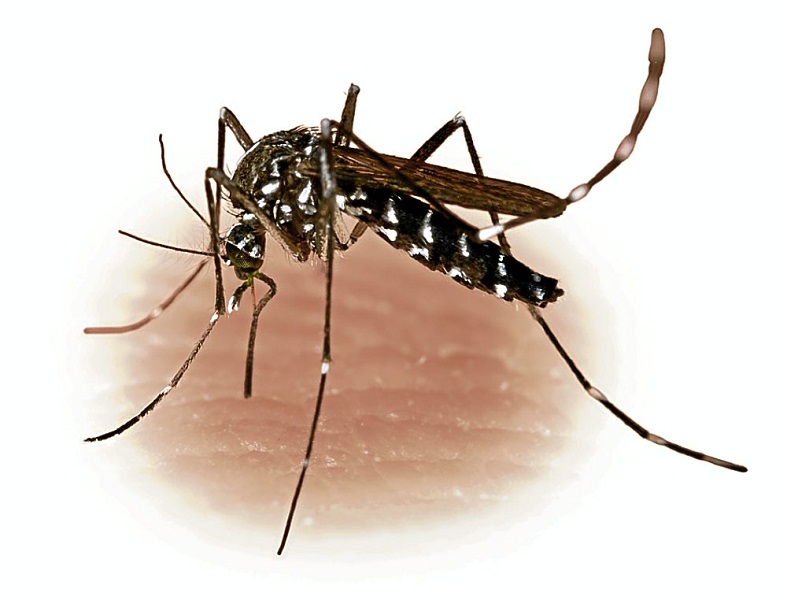DOST launches online dengue alert system ahead of rains
MANILA, Philippines—The Department of Science and Technology (DOST) will launch an online dengue alert before the start of the rainy season when cases of the deadly mosquito-borne hemorrhagic fever peak.
Through a dengue alert website, communities can regularly check the risk of a dengue outbreak in their areas based on the weekly monitoring of mosquito population densities to be conducted by all 45,000 public schools nationwide.
The bigger the estimated mosquito population in an area, the higher the possibility of being bitten by an Aedes aegypti mosquito, which transmits the deadly dengue virus, according to Science Secretary Mario Montejo.
The online dengue alert works like an early warning system so communities categorized as high-risk for a dengue outbreak can take early intervention measures to destroy mosquito breeding places.
The dengue virus-carrying Aedes aegypti mosquito prefers to hatch its eggs in clean, stagnant water and damp rough surfaces in dark areas.
Article continues after this advertisementThe website was developed by the DOST’s research affiliate, Philippine Council for Health Research and Development (PCHRD).
Article continues after this advertisementMontejo said they will launch the nationwide dengue alert system ahead of the start of classes in June, when they would distribute ovicidal/larvicidal (OL) traps to all 45,000 public schools in the country.
Aside from serving as traps to kill mosquito eggs and larvae, the cheap commercially available OL trap kits can also serve to measure the mosquito density index in an area.
The weekly surveillance reports from dengue coordinators in the schools will be reflected in a monitoring map that will show those areas with high densities of mosquito population.
Once the mosquito density index in an area reaches the critical threshold, the community is alerted to take preventive measures.
The dengue alert will be color-coded: green for low, yellow for medium and red for high alert.
When 20 percent or less of the OL traps in an area are found to have mosquito eggs, a community is tagged with a green balloon, which calls for close monitoring and inspection of potential mosquito breeding sites.
A community with a mosquito density index of 20 to 39 percent gets a yellow alert balloon, which calls for special operations to eliminate all breeding and potential breeding places.
A red balloon means a mosquito density index of 40 percent or higher, which should alert the community to conduct pest-control measures.
Montejo said the mosquito density index is only one indicator of a possible dengue outbreak, as other indicators such as weather and dengue case histories must be included in the assessment.
He said the DOST developed the monitoring map project in collaboration with the Department of Education, Department of Health, Department of Interior and Local Government and local government units.
